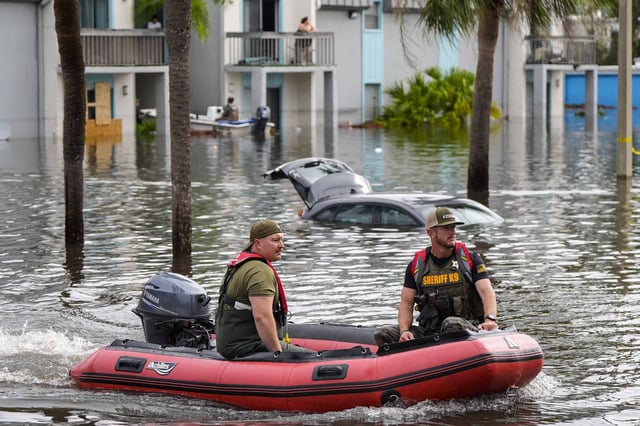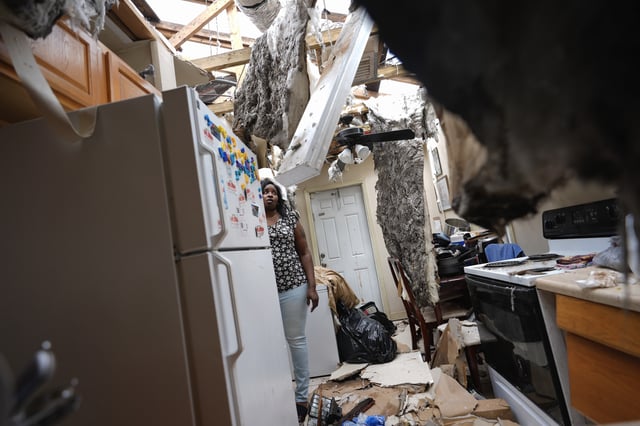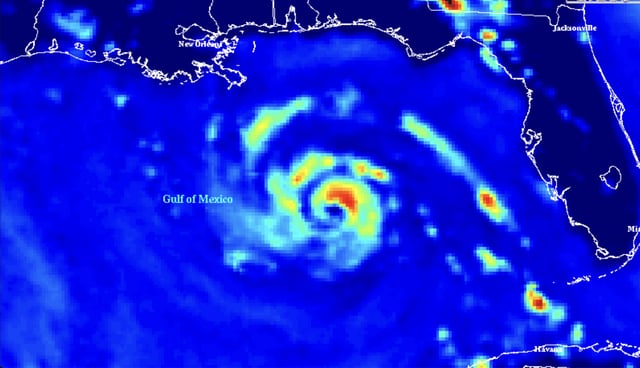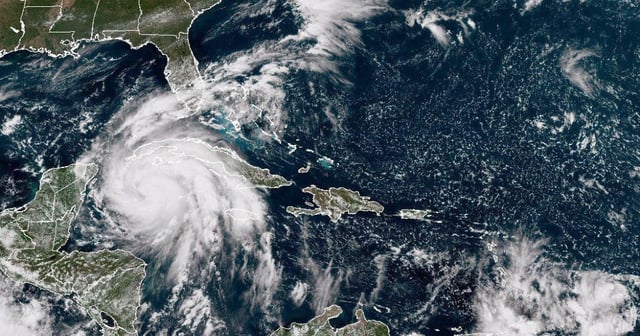Overview
- NOAA plans to discontinue the ingest, processing, and distribution of SSMIS microwave data from three DMSP satellites after July 31.
- Following expert warnings and interagency objections, NOAA and NASA persuaded the Defense Department to delay the civilian data cutoff from June 30 to July 31.
- The SSMIS instruments account for roughly half of all microwave observations that reveal three-dimensional storm structure and track rapid hurricane intensification at night.
- Meteorologists warn that losing these feeds will increase the odds of missing rapid intensification, underestimating storm strength, and misplacing hurricane paths.
- No timeline has been set for alternative microwave data sources, raising concerns about forecast accuracy as hurricane season intensifies.



